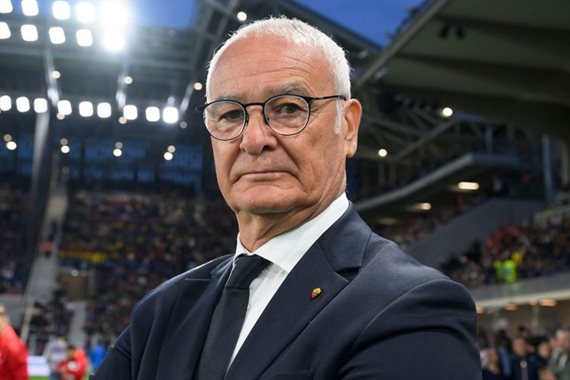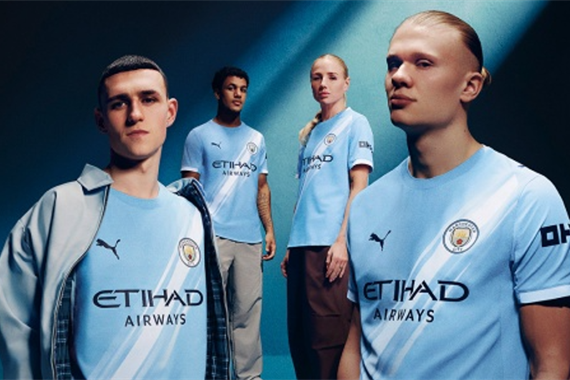ARTICLE AD BOX
People shop at a Target store on April 02, 2025 in the Flatbush neighborhood of the Brooklyn borough in New York City.
Michael M. Santiago | Getty Images
Target on Wednesday cut its full-year sales outlook, as executives said weaker discretionary spending, consumer uncertainty about tariffs and backlash to the company's rollback of key diversity, equity and inclusion efforts hurt its business.
First-quarter sales missed Wall Street's expectations and fell nearly 3% compared to the year-ago period. Transactions across Target's stores and website dipped by 2.4%. And the average amount customers spent during their online and in-store visits decreased by 1.4%.
Target's weak performance in the quarter reflected the company's broader struggles to return to growth and recapture the cheap chic reputation and fan following that gave it the name ''Tarzhay." The company is trying to win back the loyalty and trust of shoppers and investors as its sales slump continues and after its shares plunged more than 37% in the last year, as of Tuesday's close.
On a call with reporters, CEO Brian Cornell pinned many of the retailer's problems on the economy. Yet he said Target is committed to doing better.
He referred to a statistic that Target shared on the call: Of the 35 merchandise categories that the company tracks internally, the company gained or held market share in only 15 – a reflection of sales that it is losing to retail competitors.
"We're not happy with that," Cornell said. "We've got to be growing [market] share in 60, 70, 80% of those categories. That's our focus over the balance of the year, and we're going to do that by making sure we provide a great shopping environment."
Target said it now expects a low-single digit decline in sales this fiscal year, compared to a previous forecast of net sales growth of about 1%. It said it expects adjusted earnings per share, excluding gains from litigation settlements, to be about $7 to $9, compared to the range of $8.80 to $9.80 that it had previously anticipated.
Target also announced some leadership shakeups and the creation of a new office intended to turn around its results. Chief Operating Officer Michael Fiddelke will oversee the new effort, called the Enterprise Acceleration Office, which will look for methods to simplify company operations, use technology in new ways and speed up Target's growth.
Target said in a news release that Amy Tu, chief legal and compliance officer, and Christina Henningon, chief strategy and growth officer, were leaving the company. Hennington, who was a key presenter on some of the company's earnings calls, had been widely considered in industry circles to be a candidate to succeed Cornell as CEO.
Here's what the Minneapolis-based retailer reported for the fiscal first quarter compared with Wall Street's estimates, according to a survey of analysts by LSEG:
- Earnings per share: $1.30 adjusted, it's unclear if the figure compares to the $1.61 analysts expected
- Revenue: $23.85 billion vs. $24.27 billion expected
In the three-month period that ended May 3, Target's net income rose to $1.04 billion or $2.27 per share, from $942 million, or $2.03 per share, in the year-ago period.
Comparable sales declined by 3.8% in the quarter compared to the year-ago period, as comparable store sales fell 5.7% and digital sales grew 4.7%.

Tariffs have only added to a challenging set of problems for Target. The discounter's annual revenue has been roughly flat for four years in a row. Sales have been weaker in many of the discretionary categories that the retailer is known for, such as home decor, as consumers are selective and cautious about spending. And the company has faced backlash from shoppers — and pressure from activists including the Rev. Al Sharpton — for rolling back major parts of its diversity, equity and inclusion program.
Cornell told reporters that Target fell short of where it hoped to be in the fiscal first quarter. Yet he pointed to some bright spots, including a 36% jump in same-day deliveries through its membership program, Target Circle 360, and the popularity of a limited-time clothing and accessories collection with Tapestry-owned brand Kate Spade.
During the first quarter, Target gained market share in some categories, Chief Commercial Officer Rick Gomez told reporters on a call. Those included beverages, floral and produce. It also saw stronger sales of women's swimsuits and toddler clothing and surges of traffic around seasonal events, including Valentine's Day and Easter.
Pricing plans
Target's earnings follow updates from other retailers, including Walmart and Home Depot. Both of the big-box retailers reaffirmed their full-year outlooks when they reported quarterly earnings. Yet the two companies diverged with how they will manage higher costs from tariffs. Walmart warned that it will have to raise prices for customers as soon as later this month because of the duties. Home Depot, on the other hand, said it doesn't plan to hike prices.
Target will increase prices on some items to help cover tariff-related costs, Gomez said. He said the company is also trying to minimize the impact of the duties by negotiating with vendors, reevaluating the merchandise it sells, changing the country that produces items and adjusting the timing of orders.
Despite being repeatedly pressed by reporters, Cornell did not provide specifics about the company's plans for tariff-related price increases or answer whether the retailer had raised prices since early March because of the duties.
"We're constantly adjusting pricing," he said. "Some are going up, some will be reduced, but that's an ongoing effort that takes place each and every day."
In an interview in early March, Cornell had said that he expected customers to see higher prices for strawberries, avocados and bananas in the coming days because of an expected 25% tariff on Mexico and Canada. Since then, the U.S. has exempted many of those countries' goods from levies, but imports from China – a major production hub for Target – now have a 30% duty.
About half of what Target currently sells is from the U.S., Gomez said. Over the past few years, he said the retailer has tried to move production of its private label brands to different countries outside of China.
With private label brands, Target has gone from about 60% coming from China to 30%, and the company plans to bring that down to 25% by the end of next year, he said.
Cost pressures will continue in the second quarter, but Target expects greater relief in the back half of the year, Chief Financial Officer Jim Lee said on a call with reporters. He said Target had some higher first-quarter costs related to reducing inventory, such as through markdowns, because of slower demand.
Despite tariff costs, offering lower-priced items has remained a priority for Target, Gomez said. In the front of the company's stores, it has an area where it sells inexpensive seasonal items for $1, $3 and $5. Gomez said Target is committed to keeping the same prices in that part of the store and plans to add mini beauty products and trendy food and beverage items.









 English (US) ·
English (US) ·